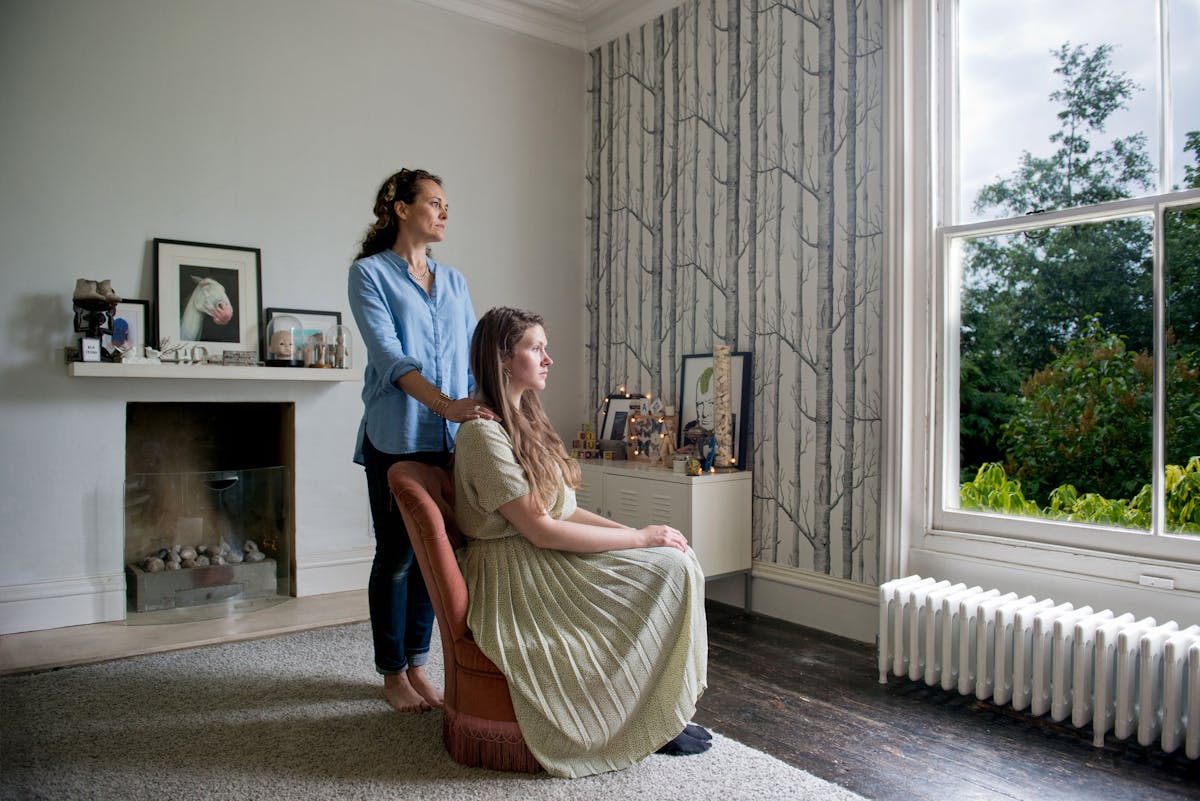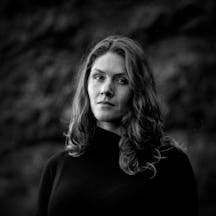A series of portraits with stand-in mothers helped Camilla Greenwell to process her grief, and then to question whether our photograph albums are ever really honest.
Around the tenth anniversary of my mother passing away, I began work on a photographic series, ‘A Portrait of Me With My Mother’. The work explores an attempt to grieve. An unsuccessful attempt in many ways. When I was 14 and my mother died, there was no emotional support given. No one knew how to teach a child to grieve or how to handle the tragedy they felt had befallen me. It felt like most people just gawped in horror, which wasn’t very reassuring.
So I learned to detach, and work towards creating a life for myself that I wanted. That I could control. But ten years later I realised that all that grief was still there, and I had absolutely no idea how to work through it.

Annie
My artistic work had previously consisted of abstract sculptures, which I photographed and then collaged together. These forms explored similar themes of loss, reformation and occupation of unfamiliar spaces, although I’m not sure you would have understood that just by looking at them. Then I began making self-portraits in which I was always covered by a domestic object or carefully controlled camera angle.
By contrast, I was fully visible in ‘A Portrait of Me With My Mother’, which felt very exposing. Initially I intended for it to be private and never shared, and I asked two mothers I knew to pose with me. But as I spoke about the project to various people, I began to ask people I had never met before to take part as well.
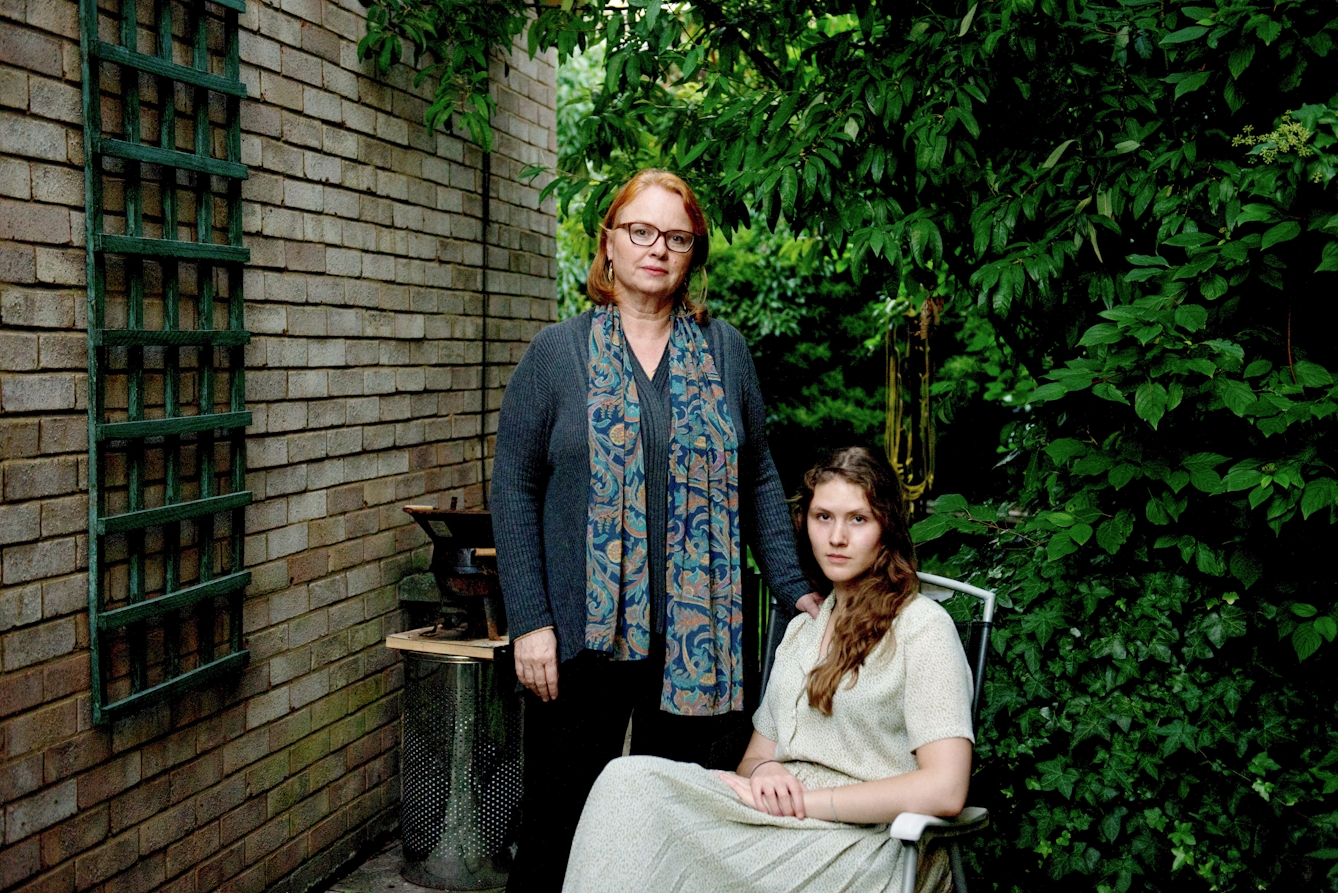
Marit
In her project ‘Front’, Trish Morrissey approached strangers on a beach and asked to take the place of one of the women, usually the mother. Exploring social, psychological and physical borders, Morrissey usurps the real woman’s place, and takes a faux family portrait with the group, dressed in the mother’s clothing. While Morrissey’s work embodies a person who is there and who she can mimic, in my work I imagine what a mother-daughter relationship would look like. I become the cuckoo in the nest, taking on the role of imagined child, and sitting with these different mothers.

Liliana
I attempted to direct what a maternal feeling might resemble. I asked the mothers to interact with me in some way, thinking that would mirror a parent-daughter relationship. Really I think the images feel desolate and rigid; I was completely unable to allow myself to emotionally connect with these women in this moment. The pictures actually ended up mirroring the awkwardness I felt while living with various ‘foster families’ and being part of domestic routines not only so different from my own, but confusingly different from one home to the next. I remember in one a father shouting at me for leaving the living-room door open; another for shutting it.
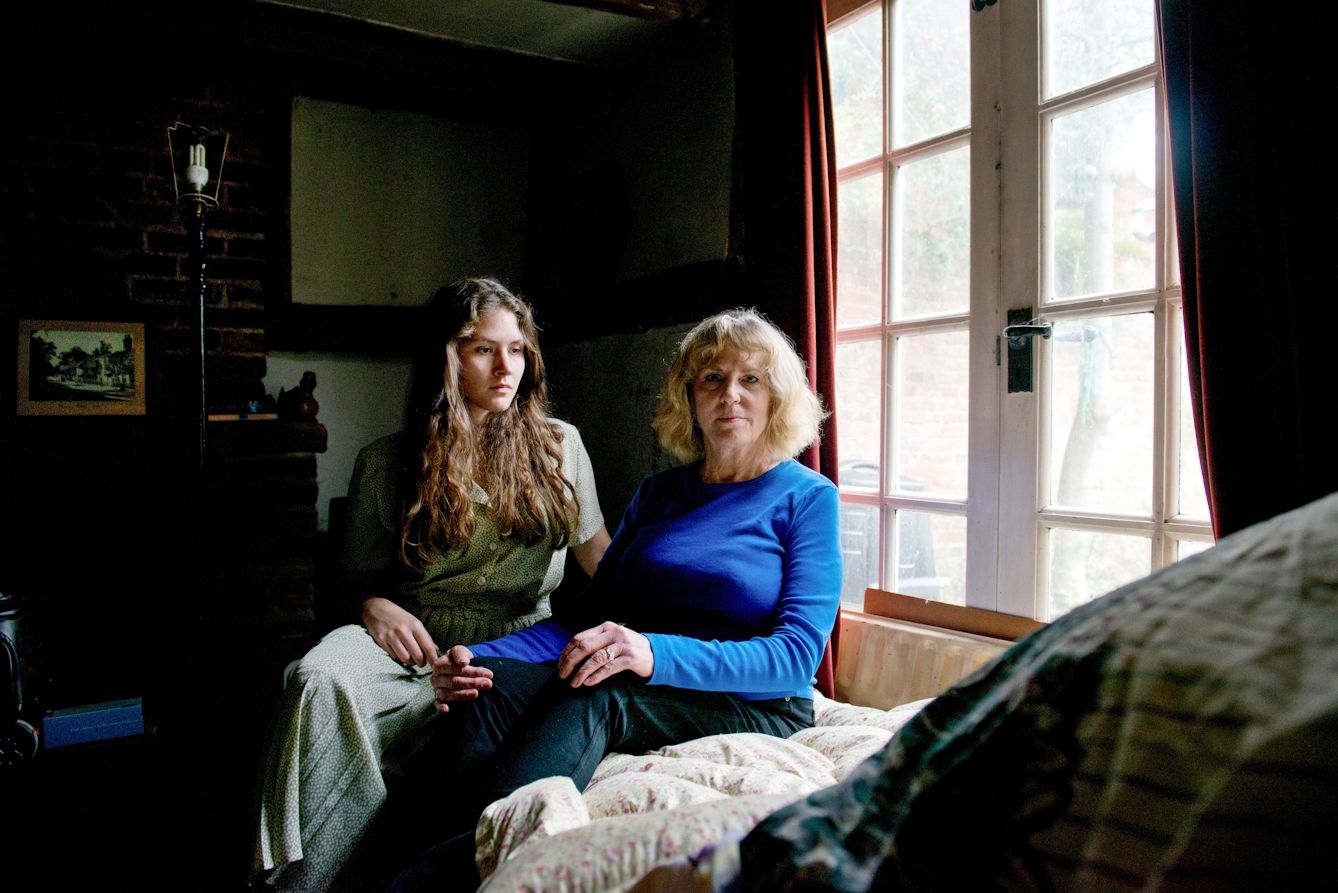
Lesley
Looking back on the images opens up a window into how I felt I needed to process grief. I wanted to control it, to create a formula and a set of rules to follow in order to pass through into what I hoped would be resolution. What I probably should have realised was that instead of trying to direct these moments, I should have enjoyed the process of making the work, because there were some lovely moments. Lesley, pictured above, let me take my very serious photo with her, and then asked, “May I do one now?” So I set up the camera, and when it started to click she wrapped her arms around me and started kissing my forehead.
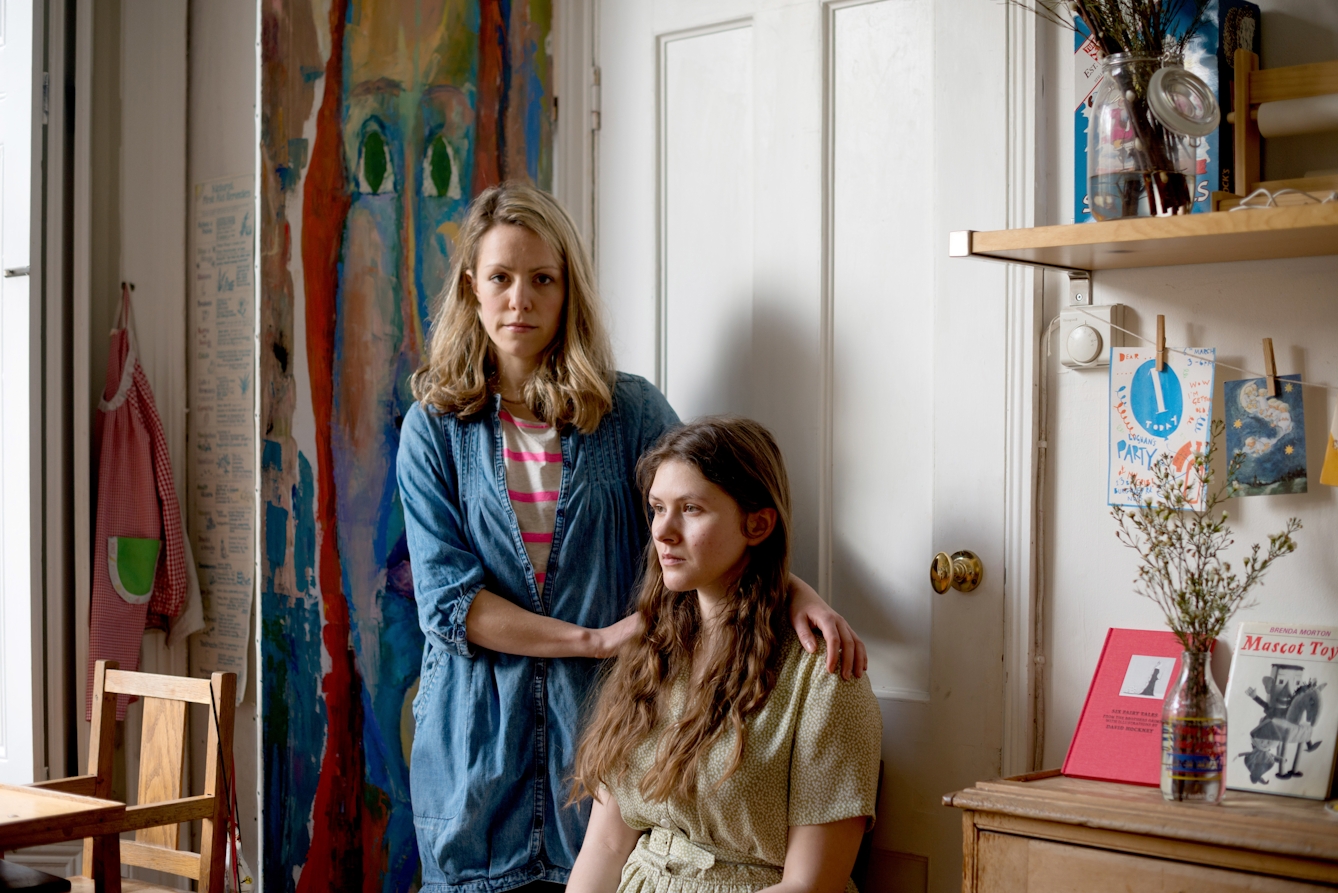
Elena
Aside from making the project to work though grief and trauma, I’m also interested in the idea of the deeper meaning behind the family photograph. Events going on behind an image; words and looks exchanged before and after the shutter closes. The reinforced notion of “smile for the camera”. Memories distorted and false narratives created.
More: Art as both a refuge and a way to keep up the momentum of recovery.
I watched home videos while making the project, which eerily capture my idyllic childhood alongside the backdrop of my mother’s illness. In a way, it’s exactly these types of illusions that stand as barriers to processing grief or confronting our own mortality.
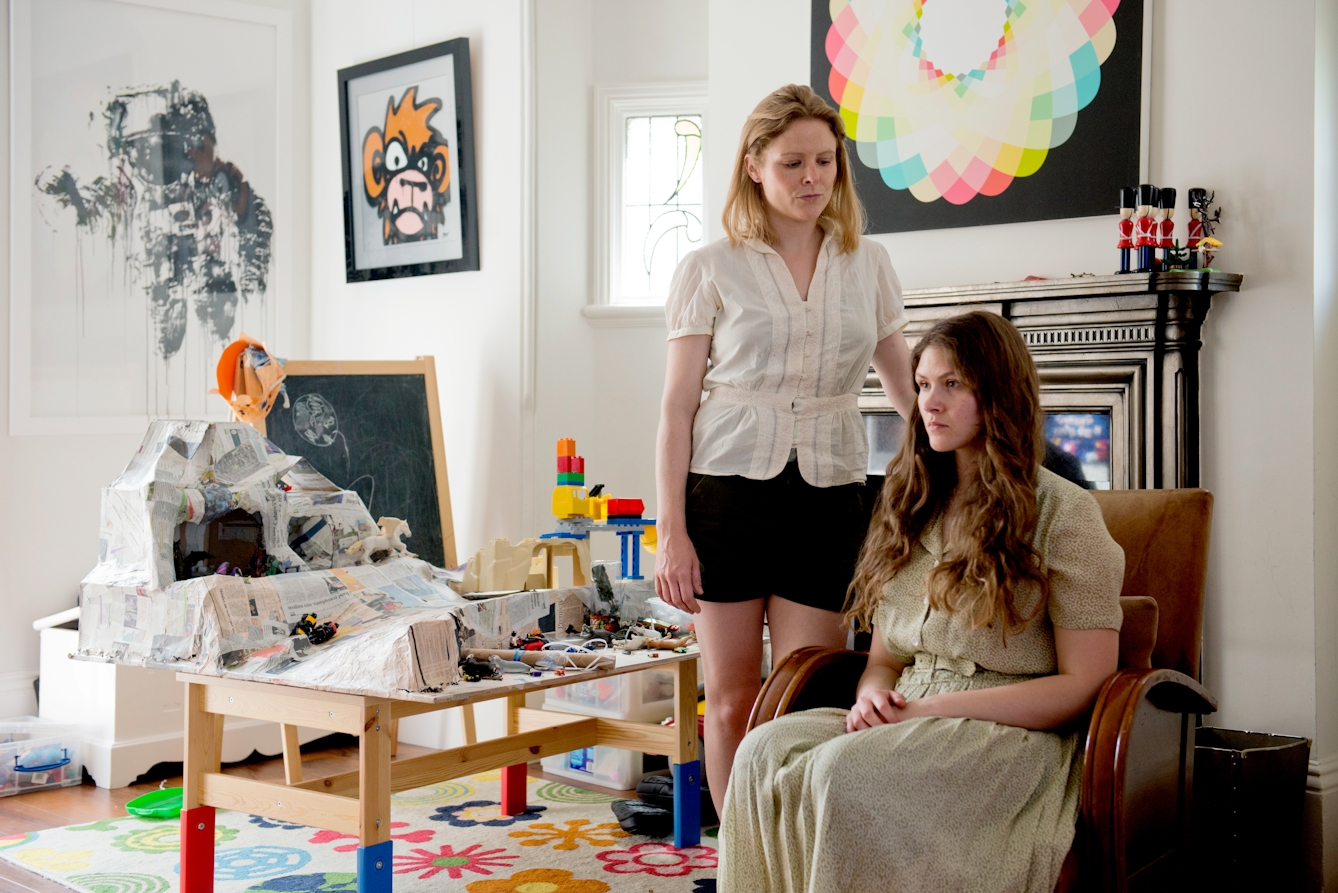
Sacha
Jo Spence was interested in deconstructing the ideal within family imagery. Her work ‘Beyond the Family Album’ considers the “limited number of stories in circulation about family life”. The images displayed come with hilariously honest and frank captions, such as the one from her wedding day: “My ‘bouquet’ came off the Hampstead registrar’s windowsill. The honeymoon was the most boring holiday either of us had ever had.” She makes the important point that these falsified records, these happy posed photos, offer no information on people’s mental and physical struggles. The next generation is almost condemned to repeat the past.
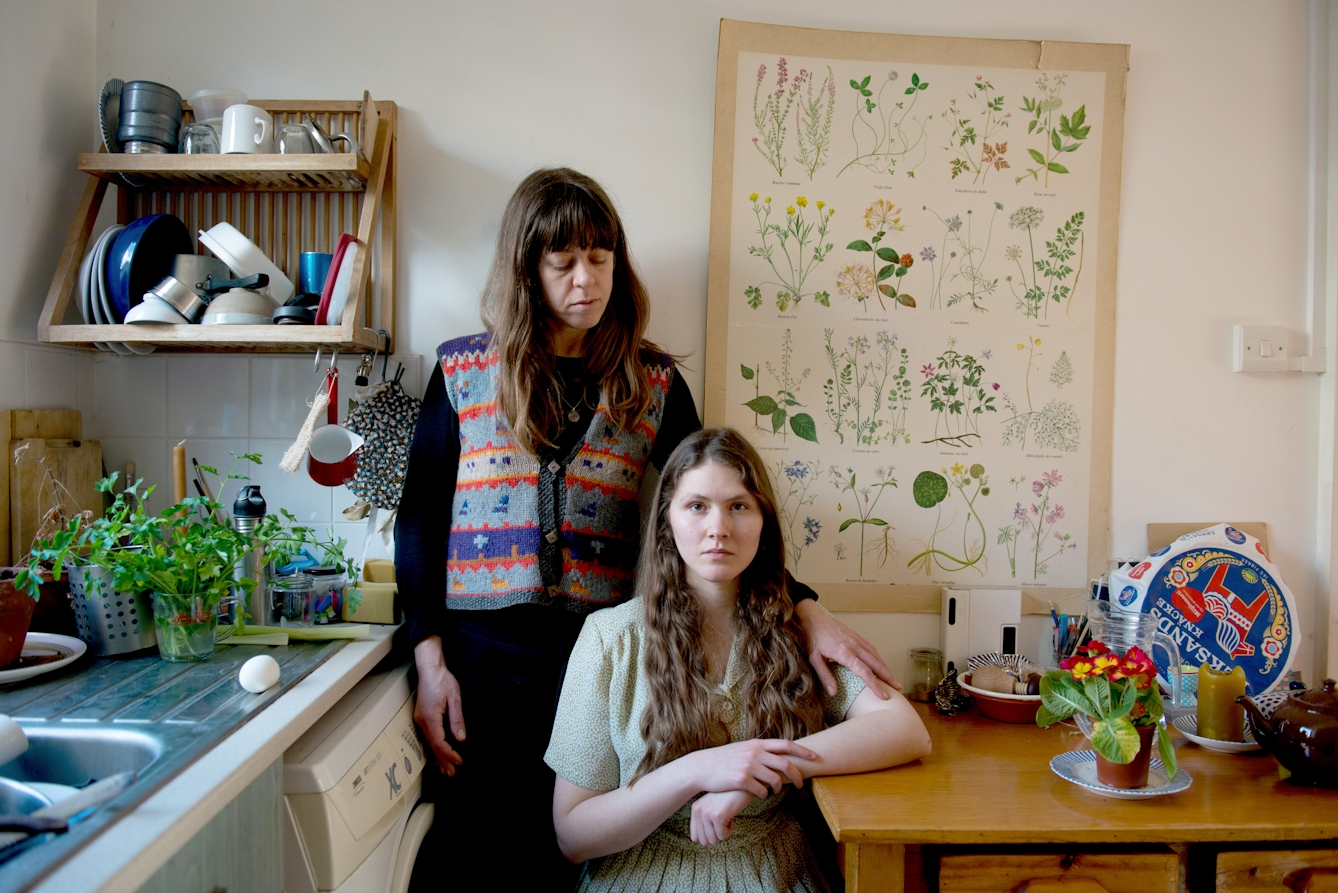
Alix
Sara Davidmann also confronts the covering-up of history in her project ‘Ken. To be Destroyed’. This stemmed from her inheritance of family photos and letters after her aunt and uncle died, which revealed that her uncle had been transgender. Davidmann reworked the images, using inks, chalks, collage and a combination of digital and analogue techniques, rewriting Ken’s story, and giving them the freedom of truth, concealed during their lifetime. It was in fact under Davidmann’s tuition that I began making self-portraiture, which led to this project.
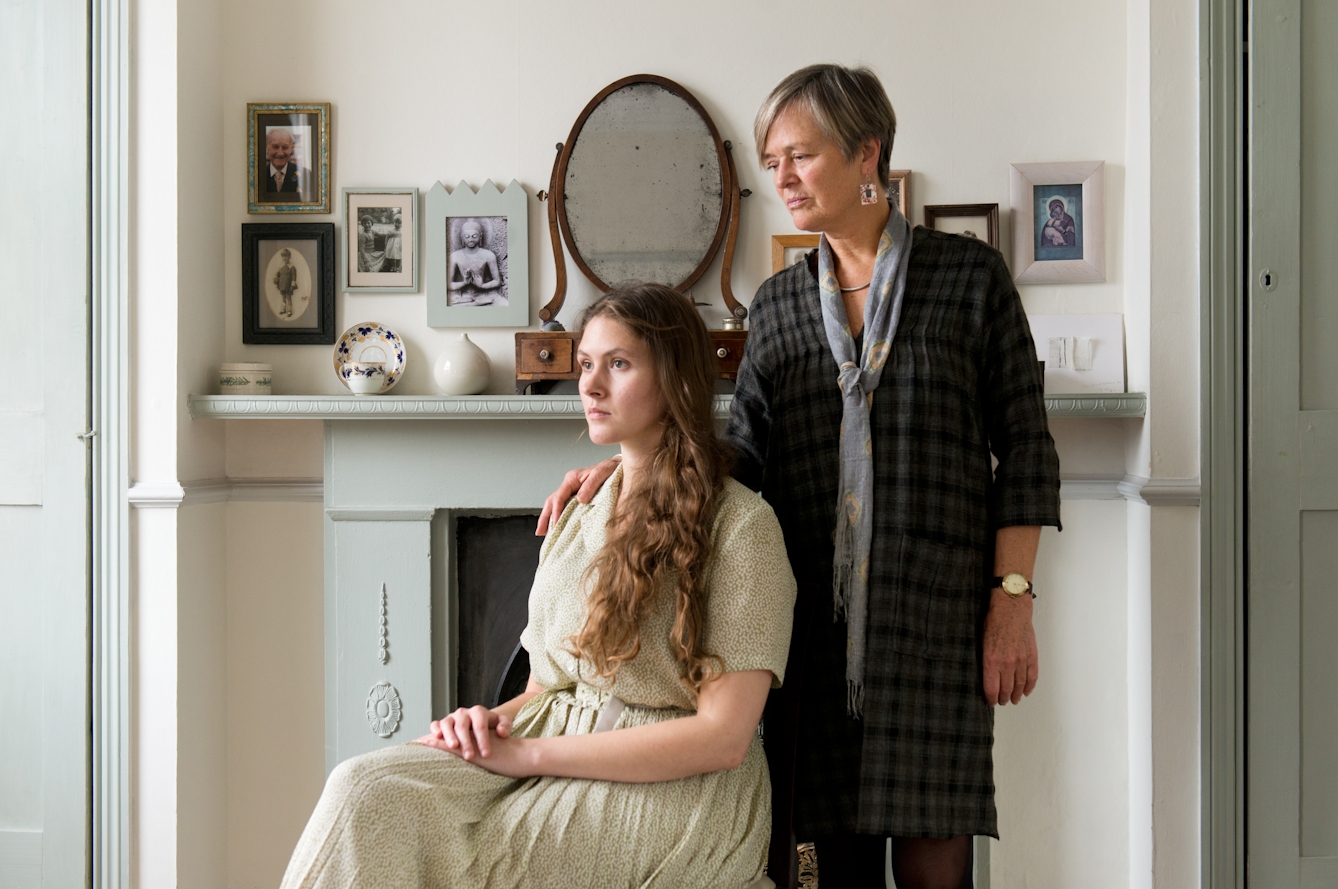
Sue
As I became older I felt myself begin to grieve for a person, longing for a relationship that went beyond carer, provider, mother. Missing someone who I hope would have become a friend too. In conclusion, there was no conclusion. The grief remains; some days as piercing as the day I lost her, other times triggered momentarily and dissipating just as fast.
But now when those feelings are stirred, I feel less like a person who has failed to conquer grief, and more like someone who will forever live alongside it, tentatively examining it as time passes. To quote Samuel Beckett, “The creation of the world did not take place once and for all time, but takes place every day.”
About the photographer
Camilla Greenwell
Camilla Greenwell is a photographer specialising in dance, performance and portraiture. She regularly works with Sadler’s Wells, Barbican, Candoco, Rambert, The Place, the Guardian, the British Red Cross, Art on the Underground and Wellcome Collection.
